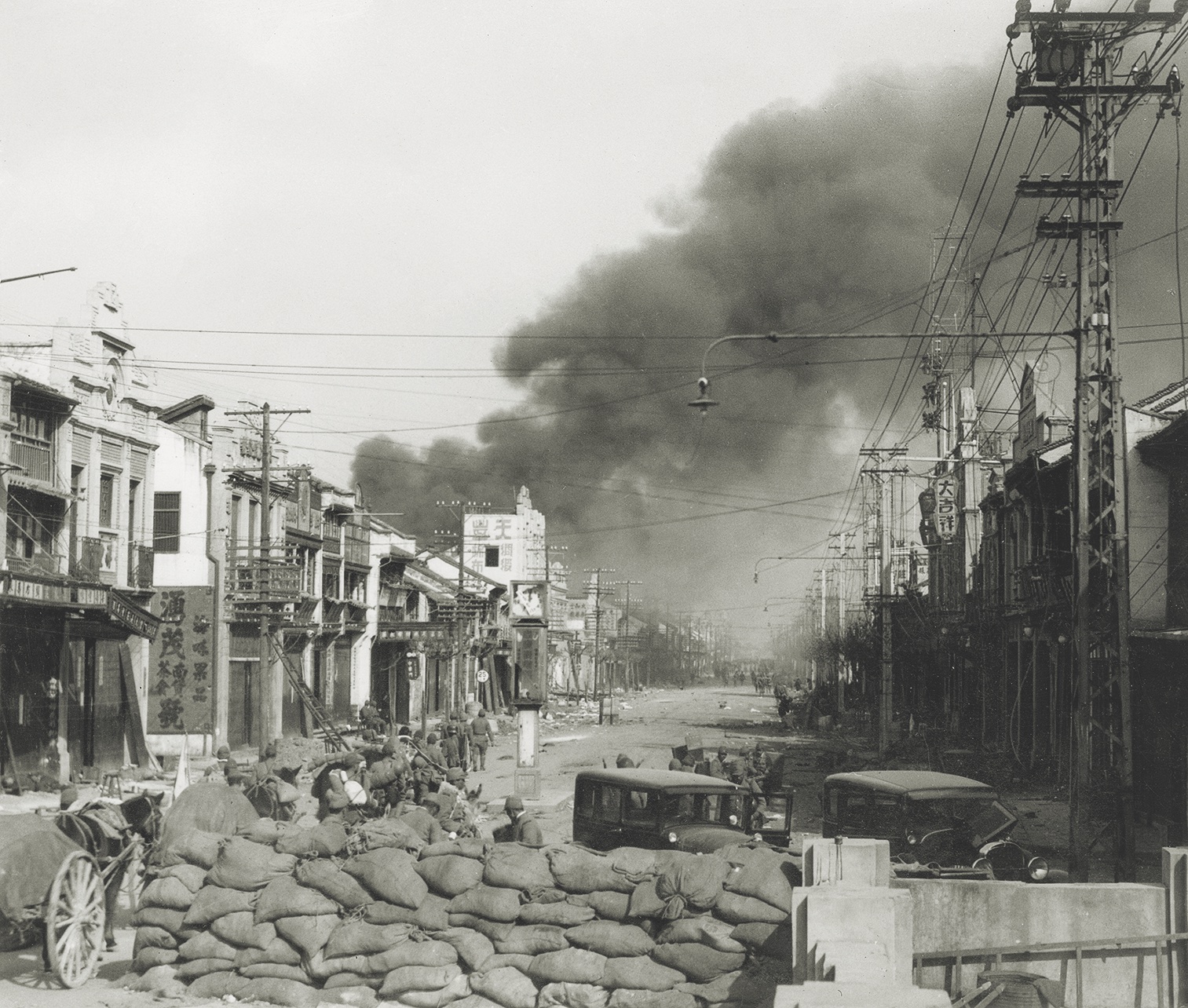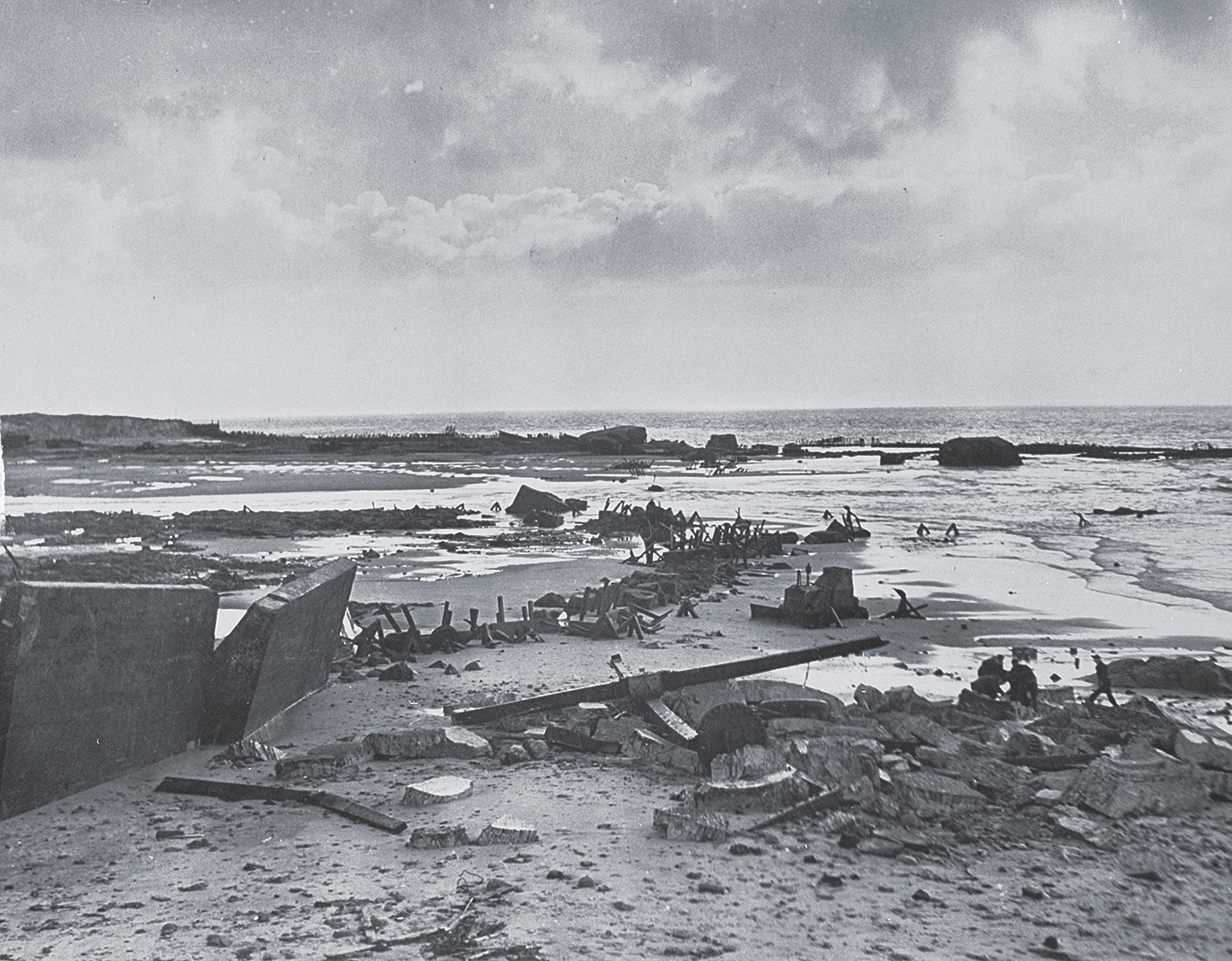Societies throughout history have struggled with the matter of who, or what, can be a legitimate target for military action
When a Roman army under the command of Scipio Aemilianus besieged the city of Carthage in 146 bce, it was the final act of nearly a century of bitter warfare between the two empires. One of the most familiar stories of that war says that when the Romans laid waste to the Carthaginian capital, they also sowed the surrounding fields with salt to ensure that the city could never thrive again. That detail was an invention of writers in later centuries, but it invokes a question modern laws of war are still trying to resolve: How should we regulate the use of the natural environment as a weapon of war?
Ancient warfare was never noted for its restraint. Salted fields or not, Carthage was wiped out—its cities razed, its civilian population slaughtered or enslaved—and it was not the only ancient or medieval society to suffer that fate. By the time of the Thirty Years War in Germany in the 1600s, warfare that deliberately destroyed civilian and environmental systems was so devastating that it inspired efforts to restrain it under law. Beginning in the 19th century, international conventions sought to limit the worst excesses of war, but these emergent laws still allowed civilians to be targeted when necessary. This was the concept of proportionality—the idea that otherwise reprehensible tactics in warfare might be permissible in certain situations or to certain degrees. The problem, of course, is always the question of whose perspective determines the necessity or defines the degree. “Proportionality,” Gregory M. Reichberg of the Peace Research Institute Oslo notes, “is notoriously difficult to handle since it seems to call for comparison of incomparable things.”
In 1899 the Hague Convention on the Law and Custom of War on Land tried to resolve the problem of proportionality but in a completely self-contradictory way. It declared that armies were not to deliberately “destroy or seize the enemy’s property” but allowed for precisely that type of violence whenever “such destruction or seizure be imperatively demanded by the necessities of war.” This language, however, obviously gave individual belligerents far too much freedom to decide what was “necessary” in their wars. The Second Hague Peace Conference of 1907 did not appreciably clarify the matter.
In trying to establish codes of lawful warfare, societies have always struggled with the matter of who, or what, can be a legitimate target of military action. The principle of proportionality seeks to limit lethal force to an “acceptable” balance between the expected destruction of property and loss of life caused by military action on the one hand and the anticipated tactical or strategic advantage gained by it on the other. Not surprisingly, wars have seldom been fought with such forbearance, even those supposedly governed by international convention.
As many as 50 million civilians died during World War II, with millions of those deaths resulting from the disease and starvation that are war’s eternal handmaidens. One issue that contributed to that enormous human toll was the way the natural environment was used as a weapon of war and how such tactics factored into the development of legal concepts of proportionality in armed conflict.

Dikes that hold back the sea and control rivers have always presented a tempting target for military planners. In April 1945, when the war in Europe was finally coming to its protracted, bloody conclusion, the Canadian Broadcasting Corporation reported that Dutch farmland was underwater and people were fleeing for higher ground after the retreating Germans destroyed a seawall at the Zuider Zee dike, potentially devastating a country where millions were already starving. The CBC correspondent said that destroying the dike had no military purpose—that Germans did it “for no reason but bloody-mindedness.”
The CBC broadcast made no mention, however, of an Allied operation of the previous October in the Scheldt estuary of Belgium near the crucial port city of Antwerp. The Allies had seized the port, but they did not control the sea approaches because the Germans still held fortified positions on outer islands, of which Walcheren was the most important. German fortifications on the island were thus legitimate military targets, but the bombers didn’t attack them.
On October 2, 1944, Allied aircraft dropped leaflets warning the civilian inhabitants of Walcheren Island to leave immediately. It was a pointless gesture since the German army did not allow civilians to move on or off the island. The very next day, 240 British bombers attacked the seawall that protected the island from the Atlantic tides, breaching the dikes in four places. The ensuing flood covered some 80 percent of Walcheren Island in seawater. The initial bombing raid killed 152 Belgian civilians; nearly 50 more drowned in the uncontrolled tides that covered the island that evening.
Tragic as that was, it was nothing compared to an earlier instance of dike destruction as a military tactic. In that case, however, the appalling human suffering was not inflicted by an enemy.
In 1938 China was locked in the Second Sino-Japanese War, and the Chinese were losing. The 10-year internecine conflict of the Chinese Civil War between Mao Zedong’s Communists and Chiang Kai-shek’s Nationalists was eclipsed by the mutual threat of Japanese invasion and occupation, but for Chinese civilians the only real change was the name of the war that was destroying their society. One of the most notorious horrors of 20th-century warfare occurred from December 1937 to January 1938, when the Japanese army carried out a protracted orgy of murder and rape of Chinese citizens in the city of Nanjing. Even if the higher estimate of 300,000 civilian deaths in the massacre is inflated, it was by all definitions a war crime on a horrendous scale. Five months later even more civilians died at the hands of the Chinese.
In June 1938 Nationalist Chinese forces used the ancient dike system of the Yellow River as a weapon in their war against the Japanese invaders. They breached the dikes at Huayuankou in an attempt to halt the inexorable Japanese advance into the province; the flood that followed inundated hundreds of thousands of acres of countryside and killed more than half a million Chinese civilians. More than a million people were forced to abandon homes, farms, and crops, and even after the floodwaters receded, the area remained an agricultural wasteland for years. As a military decision it was an act of strategic desperation—the Japanese simply reoriented their attack and were only delayed by a matter of months. The perceived military necessity of destroying the dikes was never worth the horrific cost in civilian lives.

Even by World War II no international convention had yet attempted to apply specific definitions of proportionality to laws of war. That followed soon after. The Geneva Convention of 1949 established limited instances where environmental destruction would be proportional and identified three acceptable scenarios: flushing-out operations, where the natural environment shielded the enemy; protection tactics, when the environment could be used defensively; and, most controversially, scorched-earth operations, which permitted “wholesale destruction…when carried out with the intent to deprive the opposing force of material essential to the war effort.” The breaching of the Yellow River dikes in 1938 would seem to fit the second definition in that list—protection tactics—but the appalling loss of Chinese civilian lives was out of all moral proportion to the military advantage.
This evolving theory of proportionality in warfare was further expressed in the 1956 edition of the U.S. Army’s Field Manual on the Law of Land Warfare, which stated that “a condition of war between two States” should be understood to mean that “every national of the one State becomes an enemy of every national of the other,” though they “must not be made the object of attack directed exclusively against them.” Most important, however, the manual then noted that “loss of life and damage to property must not be out of proportion to the military advantage to be gained.” It was, again, an attempt to reconcile two contradictory ideas that defied simple interpretation.
This was the moral dilemma that American military strategists wrestled with in the air war against North Vietnam. The Red River, crucial to Vietnamese agriculture and commerce, was controlled by an extensive system of massive earthwork dikes. As such, the dikes presented a very tempting target to American bombing missions. They were also of great propaganda value to the North Vietnamese government, which in 1972 used the long-running Paris peace talks as a platform to accuse the United States of deliberately attempting to destroy the dikes in an illegal and immoral effort to flood thousands of acres of farmland and starve the civilian population. American war planners actually had given serious consideration to bombing the dikes but ultimately decided against concentrated attacks on the river protection system. U.S. restraint in targeting the dikes was based on tactical practicality, not proportionality—anticipated limitations in bomb efficacy and political expediency rather than moral issues were apparently the deciding factors. In fact, President Richard M. Nixon responded to North Vietnamese criticism by stating that the U.S. military could have destroyed the dikes if it had wanted to. As it was, the serious flooding from breaks in the Red River dikes in 1972 was the result of typhoon damage rather than military action. Completely separate from this controversy was the American use of such toxic herbicides as Agent Orange and Agent Blue, which defoliated millions of acres of forest cover, crops, and other vegetation in Vietnam, Cambodia, and Laos.
In 1976, Protocol I Additional to the Geneva Conventions of 1949 represented another step in the doctrine of proportionality when it declared that combatants should not “attack, destroy, remove or render useless objects indispensable to the survival of the civilian population, such as foodstuffs, crops, livestock, drinking water installations and supplies and irrigation works, for the specific purpose of denying them for their sustenance value to the civilian population or to the adverse Party, whatever the motive, whether in order to starve out civilians, to cause them to move away, or for any other motives.” Twenty-four years later, the U.S. Army, in its Operational Law Handbook, defined this policy by stating that Protocol I “does not employ the traditional balancing of necessity against the quantum of expected destruction. Instead, it establishes this level as an absolute ceiling of permissible destruction.”
As it stands today, the theory of proportional violence in lawful warfare, especially in relation to environmental targets, is most often applied with that rather grim definition in mind—that belligerents may cause as much devastation as they decide is necessary within the limitations of “permissible destruction.” MHQ
John A. Haymond is the author of Soldiers: A Global History of the Fighting Man, 1800–1945 (Stackpole Books, 2018) and The Infamous Dakota War Trials of 1862: Revenge, Military Law, and the Judgment of History (McFarland, 2016).
[hr]
This article appears in the Summer 2021 issue (Vol. 33, No. 4) of MHQ—The Quarterly Journal of Military History with the headline: Laws of War | Matters of Proportion

Want to have the lavishly illustrated, premium-quality print edition of MHQ delivered directly to you four times a year? Subscribe now at special savings!





